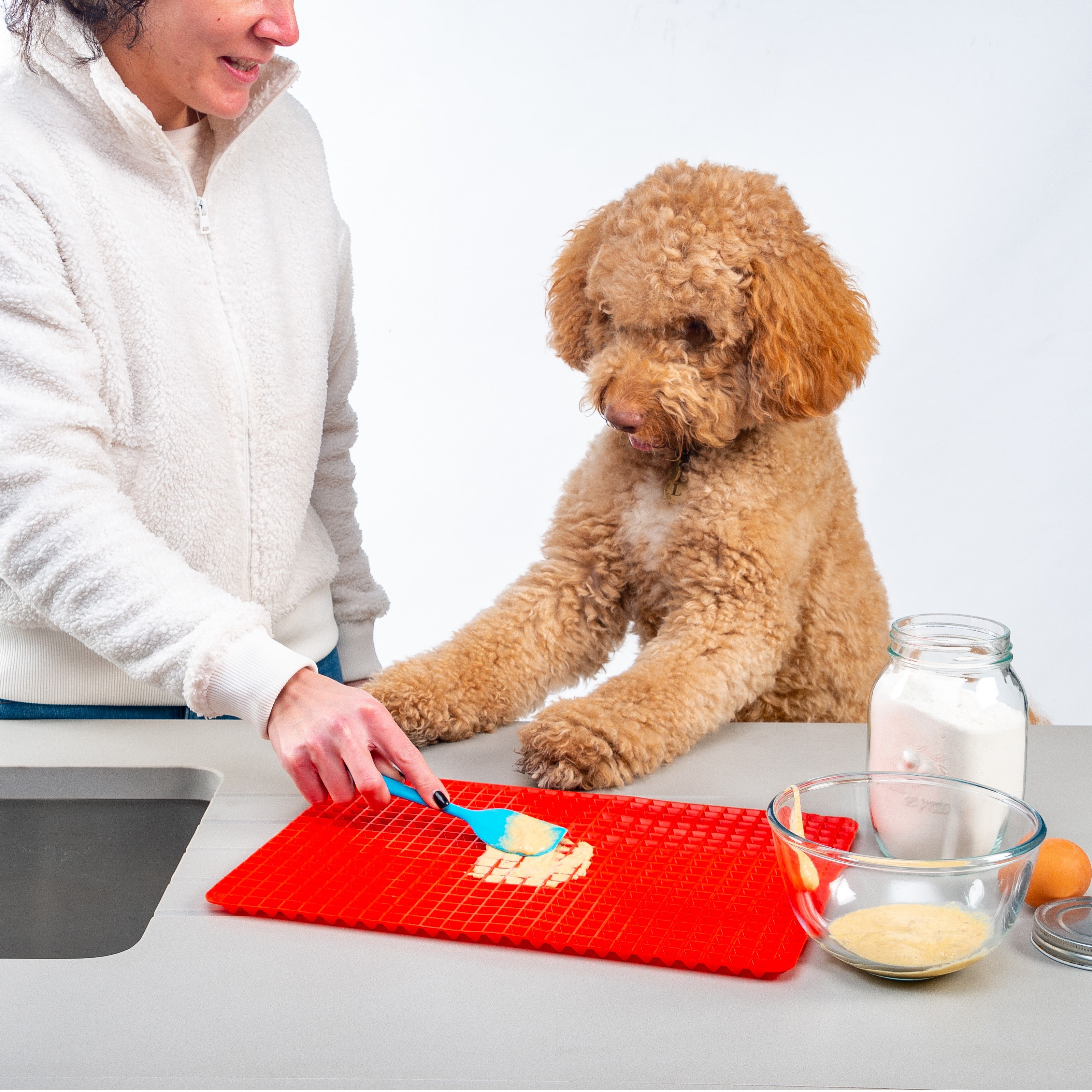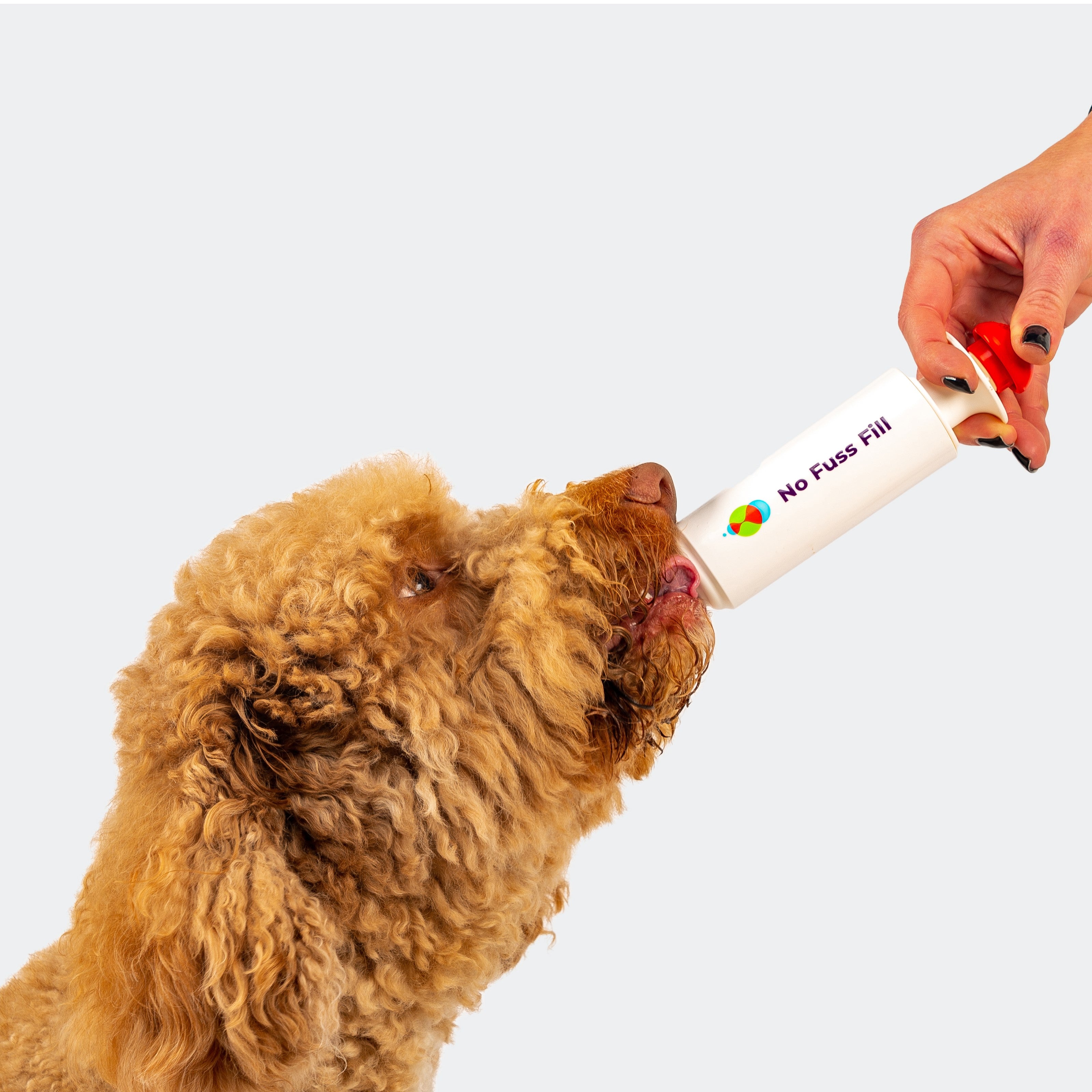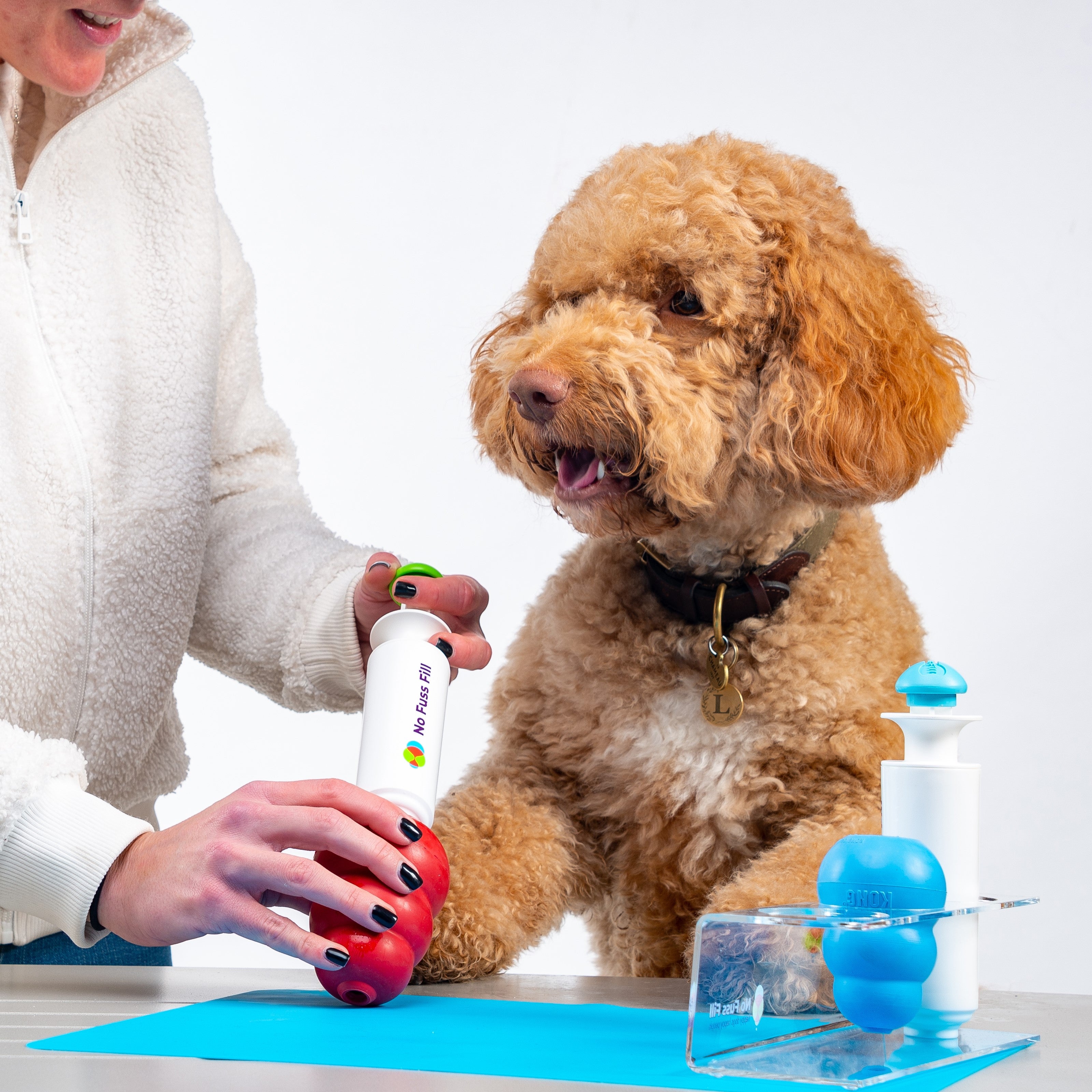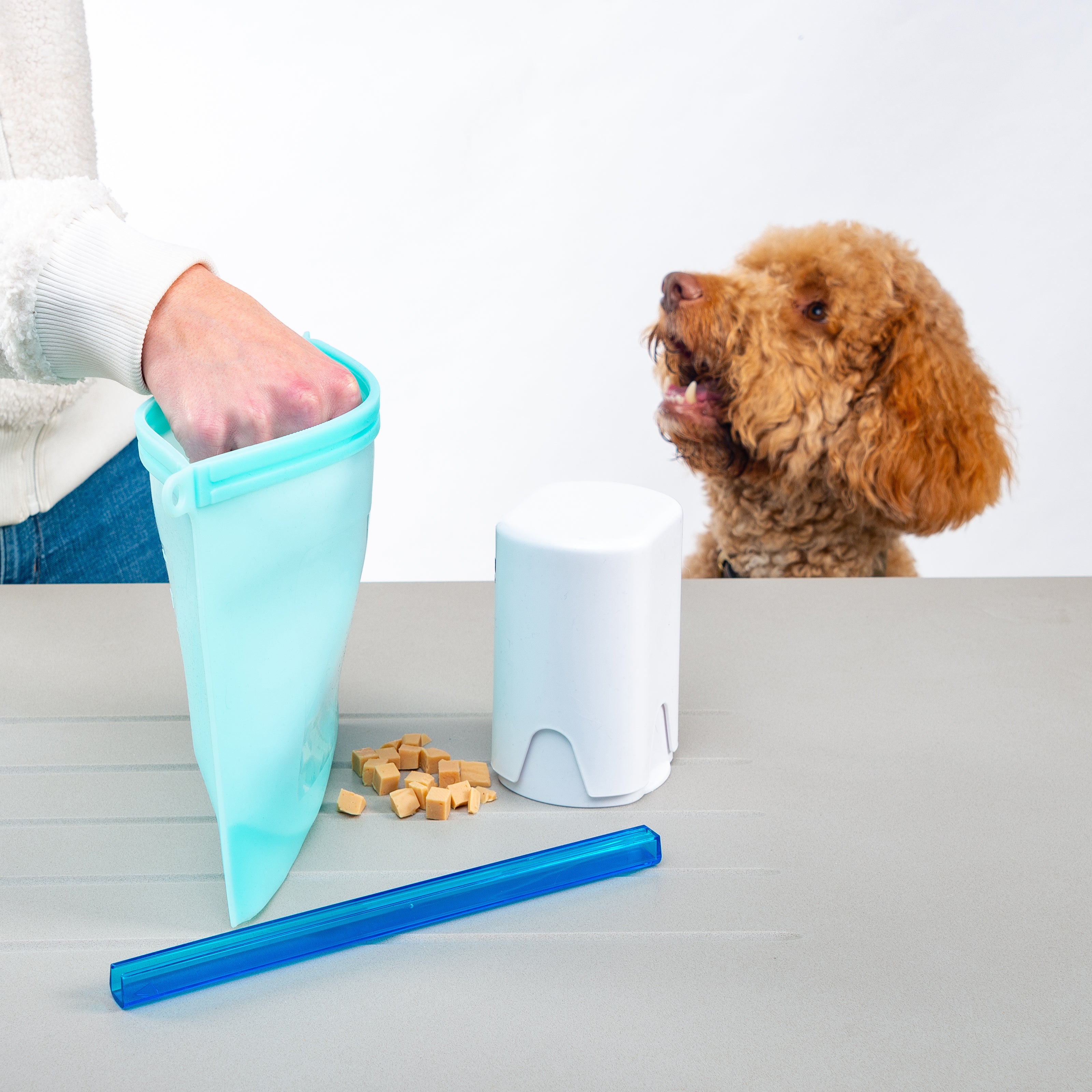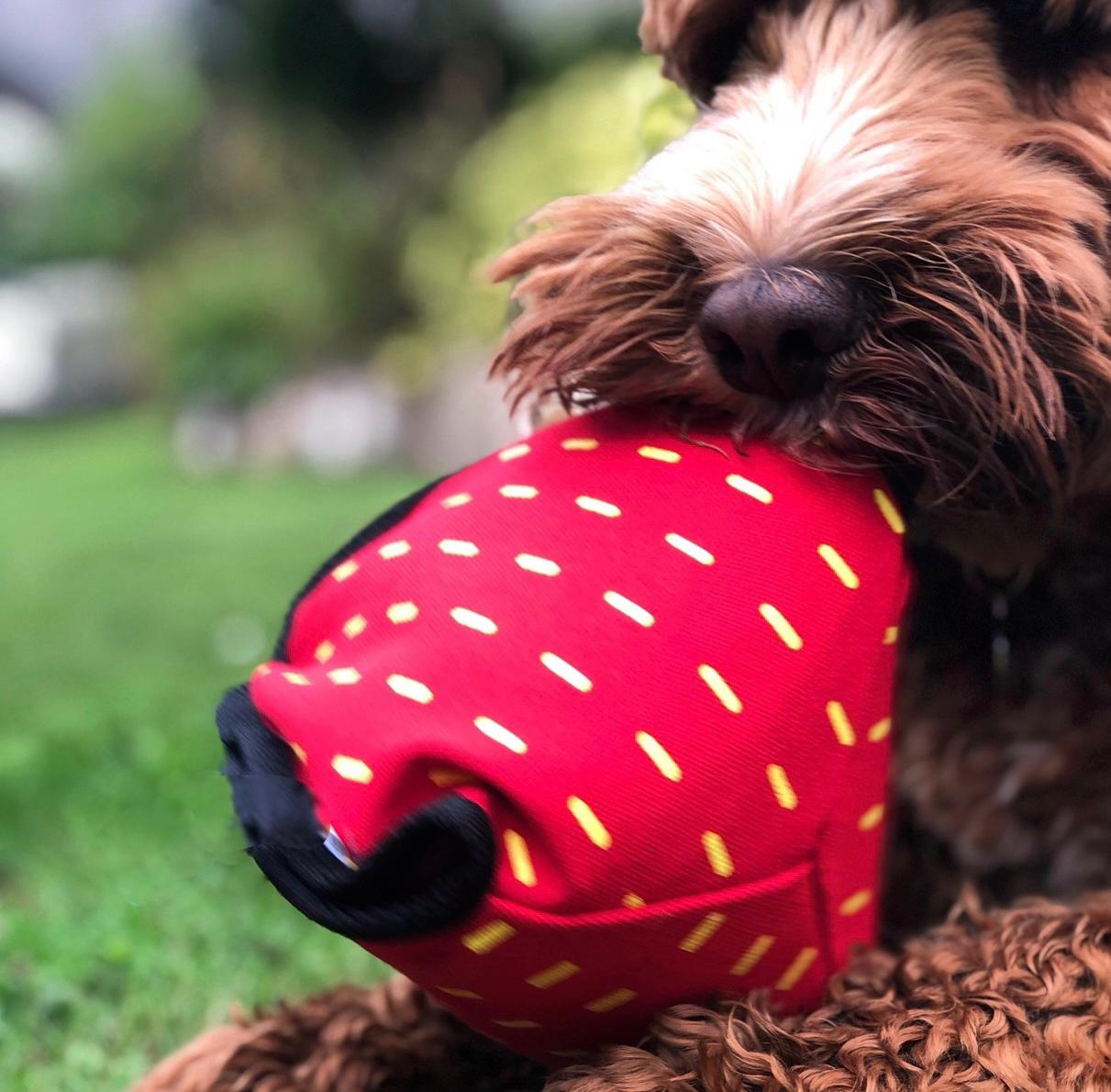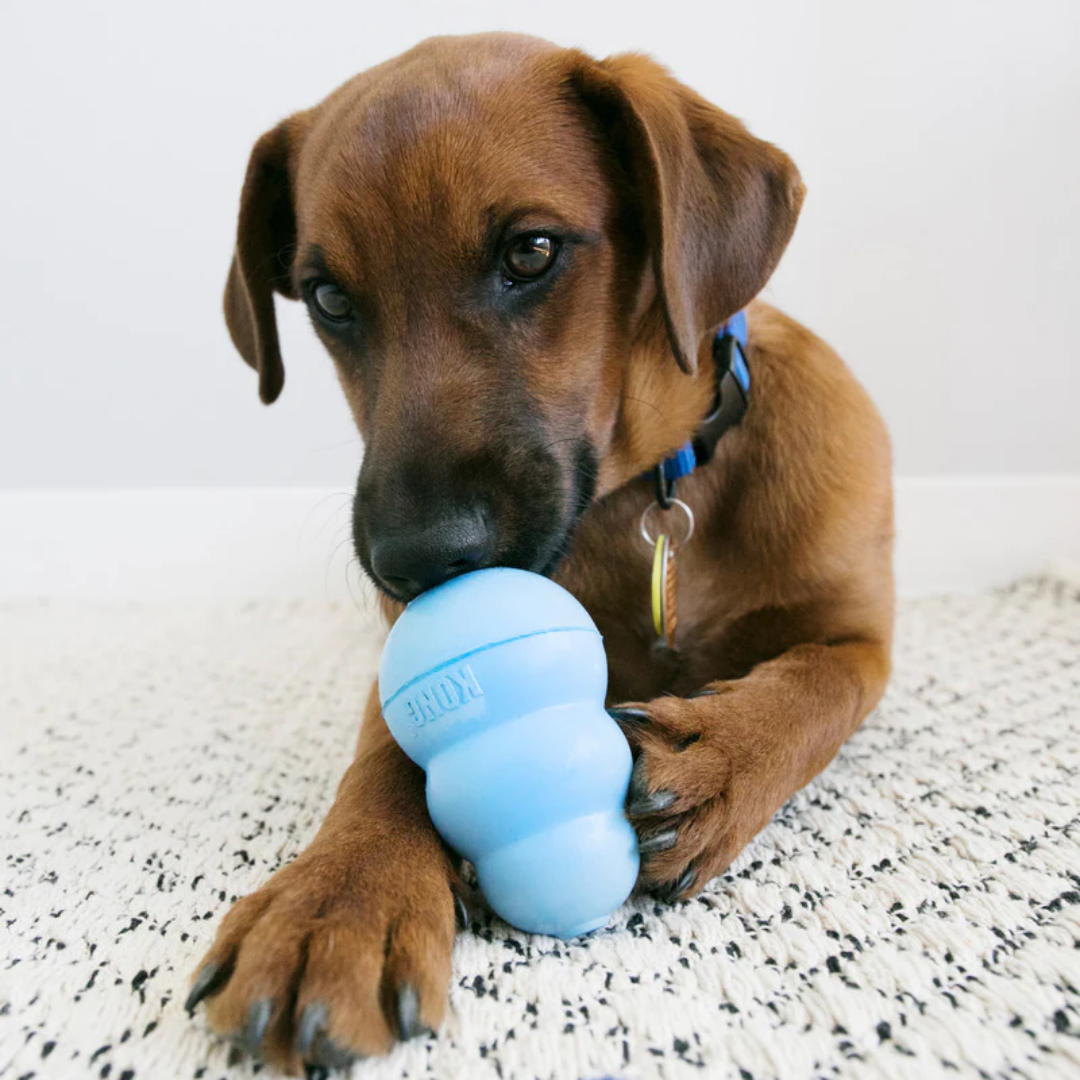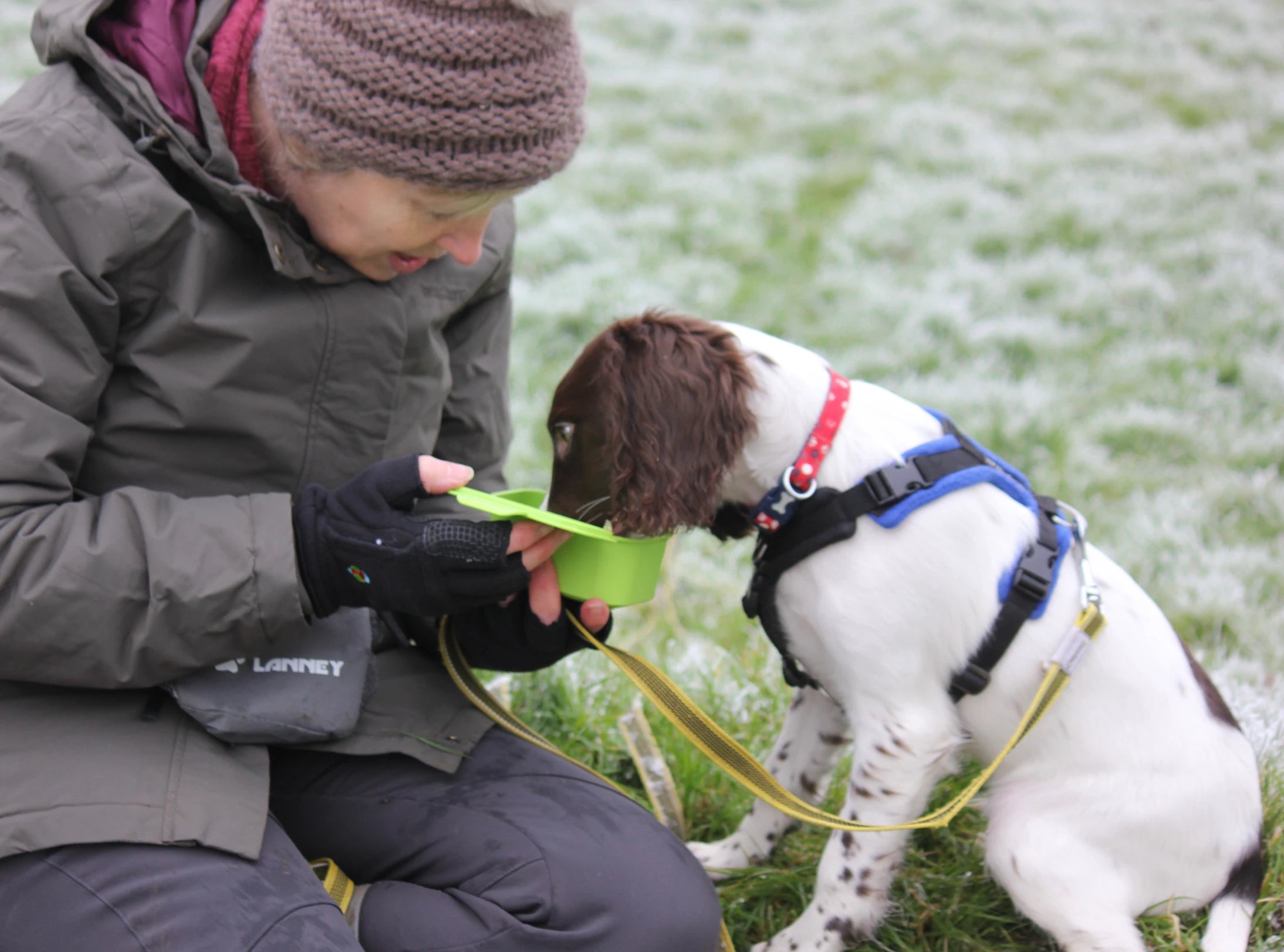Most dog walks start and end at home. We are comfortable with the routes available to us. We know how long they take. We can predict the lamposts or bushes that our dog will want to sniff at. We know what we need to take with us (usually poo bags & treats)
But what about the walks that don't start and end at home?
In this blog, I share items to take and include a download for an item that you might not have considered but, could save your dog’s life.
Knowledge
Know where you are going, google the life out of the route.
Does your planned walk take you across fields? Do you know how to safely cross a field with your dog if cattle are in the field (check out this useful YouTube Video)
Will you need to walk along busy roads?
Finding yourself at a pedestrian bridge over a motorway when your dog is nervous around heavy traffic or is not used to the novelty of vehicles moving beneath them can be a challenge. It could result in a long walk back to avoid the bridge or a stressed dog who you have had to coax to cross it.
Knowing your dog's limitations and understanding your dog’s ability to walk the route and terrain you have planned is crucial. This is especially important for young dogs. Not only will they enjoy the walk more if it is within their physical capacity it will also be safer for their developing joints and bones.
Nutrition
Carrying water for your dog is a must if you are out away from home especially in warmer weather. Collapsible bowls are perfect and offering water regularly will prevent the chances of your dog drinking from contaminated ponds. Always check for warning notices about Blue-Green Algae and do not allow your dog to swim or drink in areas affected by this.
Poo bags and bags for poo bags
When you are walking on your home patch you know the location of the poo bins, or you carry your poo bag home with you.
Apart from that embarrassing moment when you bump into someone you know as you are swinging your little bag about it is not too inconvenient.
But if you are walking away from your home you may end up carrying that little bag of
doo- do further than you would like.
An old zipped wash bag that can be thrown in the washing machine makes a good temporary home for your already bagged poo and keeps it, and any odour away from other items in your rucksack.
If you have just read this and thought, what kind of tip is that? then you have not carried a poo bag for any amount of time on a warm day with an exuberant dog on a lead in your other hand.
Towels, water/ Mud Daddy, and wipes
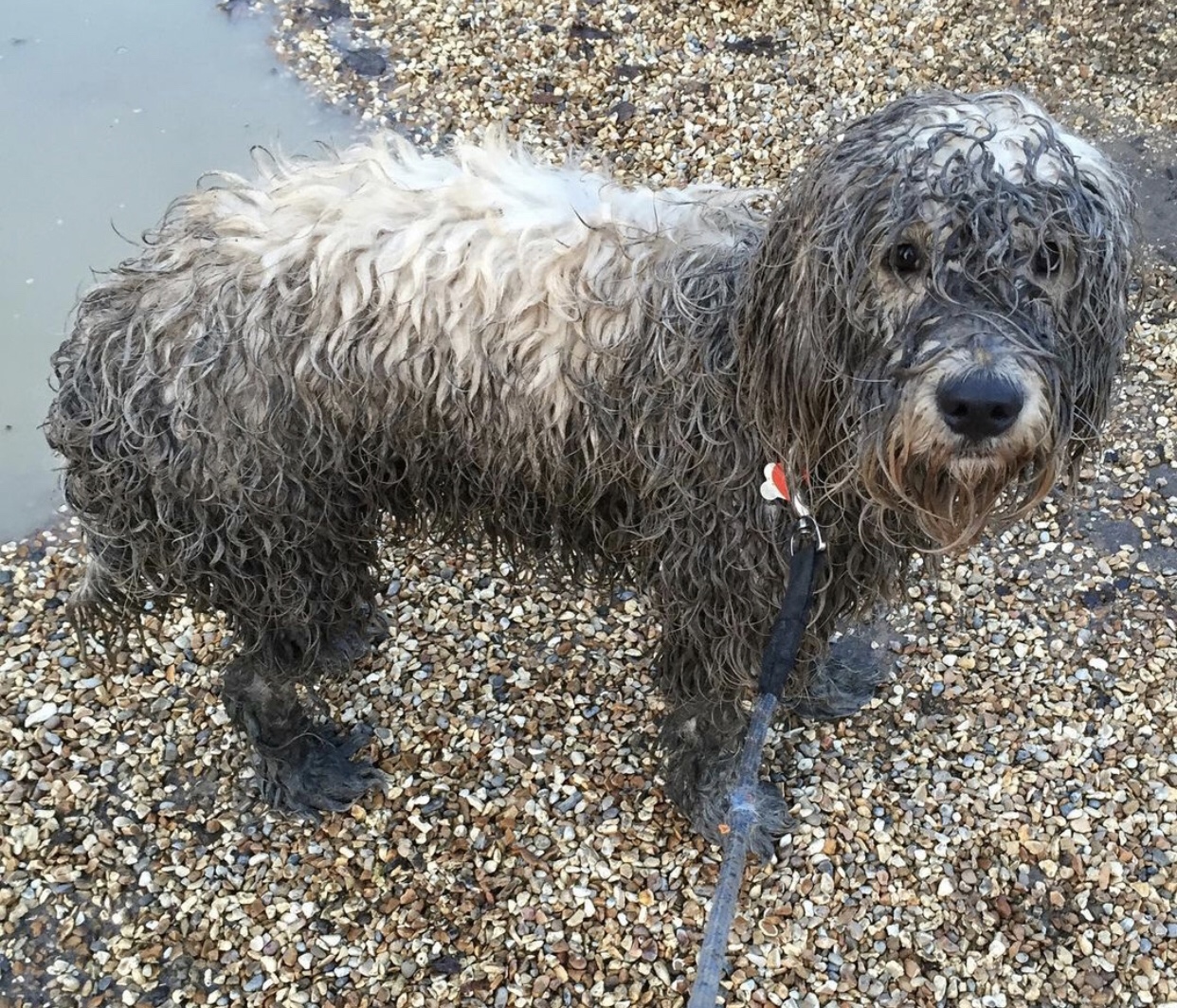
“If your dog has rolled in something nasty like a decaying badger you might like to consider calling your worst enemy and asking them to drive your dog home “
First Aid Kit
If the worst happens on a walk and your dog has an accident or is attacked by another dog the first 5 minutes after the incident are crucial. There are online courses that you can attend to give you the basics and first aid kits, especially for dogs.
A well-stocked kit should contain at least the following;
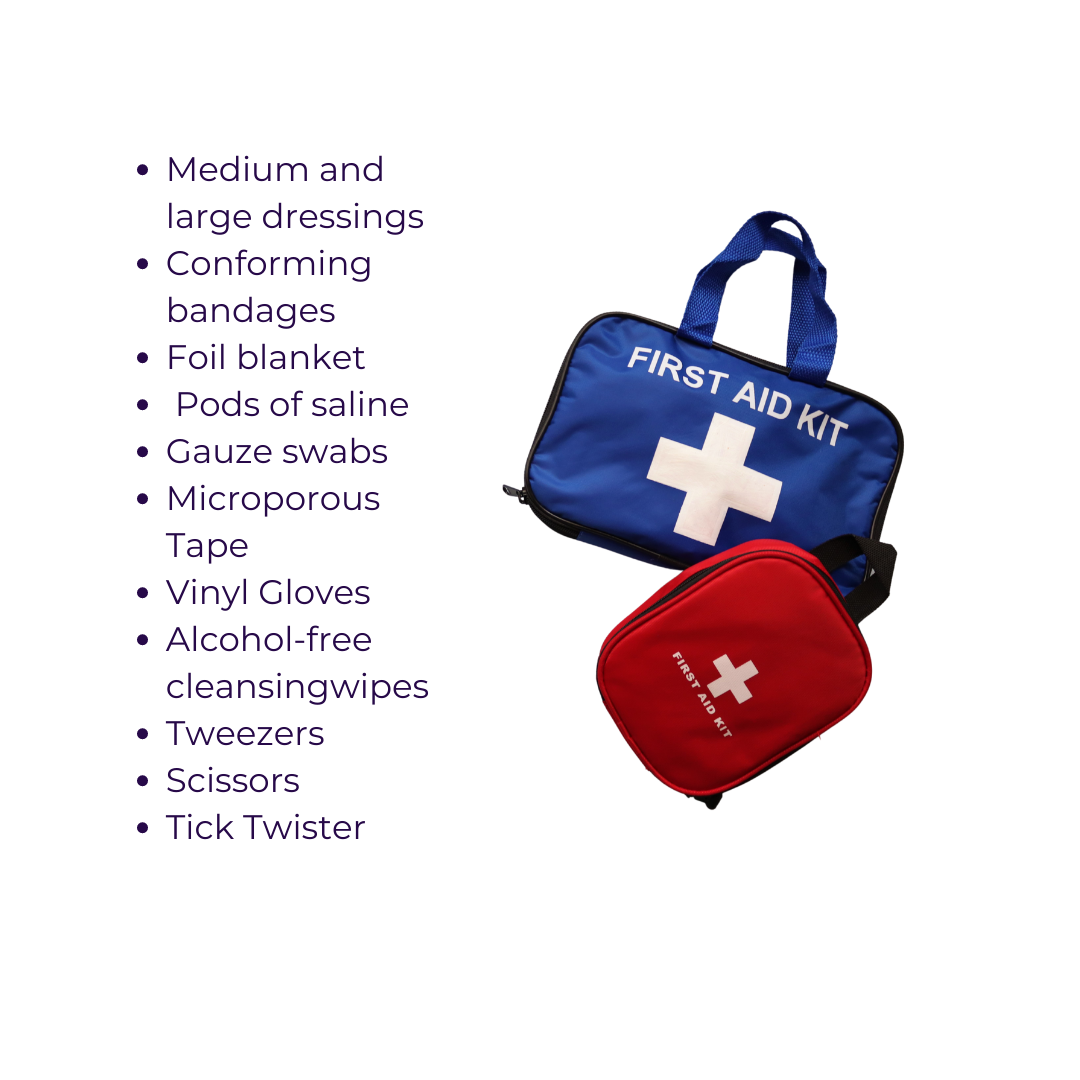
Last but not least the item that could save your dog’s life
Most of us rely on our mobile phones and would turn to them in an emergency. They contain the numbers of all the people we would call to help us if something happened to us or our dog.
But batteries can die, and signal strength can vary so what would you do then? Or if someone came across you injured when out walking alone with your dog- unless your dog was by your side when they found you would they know you had a dog with you.
Use this (Emergency Alert card) to let people know that you have a dog with you. It includes the contact details of the person you choose to take care of your dog whilst you can't. There is space on the back for the numbers you might need but may not remember if you cannot access your phone's contact list.
TIP -Take a photo of the completed card and use it as your screensaver. If someone comes across you in an emergency situation and finds your phone they can access information that could save your dog's life without needing your passcode to access it.
At the time of writing this, we are in Lockdown 3.0 our exercise and walks are restricted to local ones from home.
Now is the perfect time to plan the trips you hope to take in the future or maybe complete an online canine first aid course.
Meanwhile, if you want to bring some excitement into your existing walks take a look at our blog (Rucksack walk) I talk about a puppy walk, but the rucksack walk can be fun with dogs of all ages.
